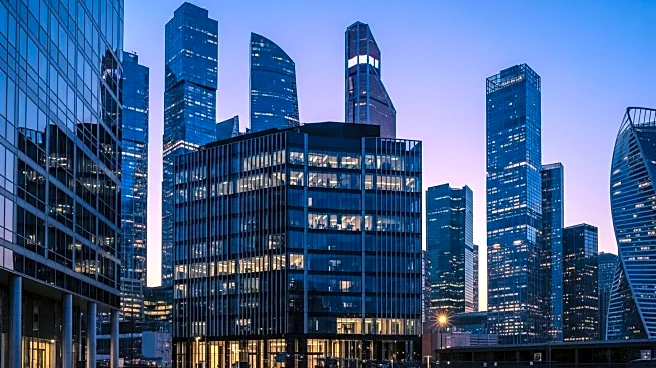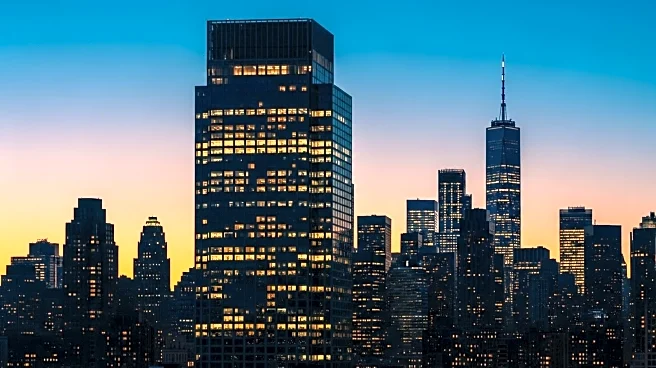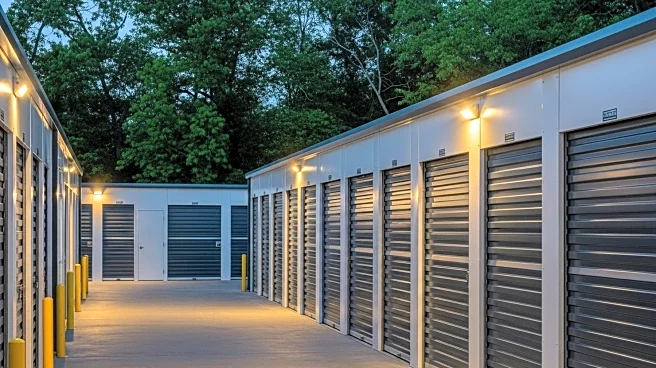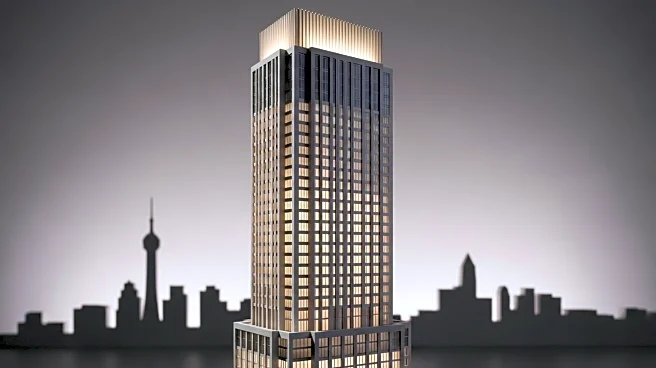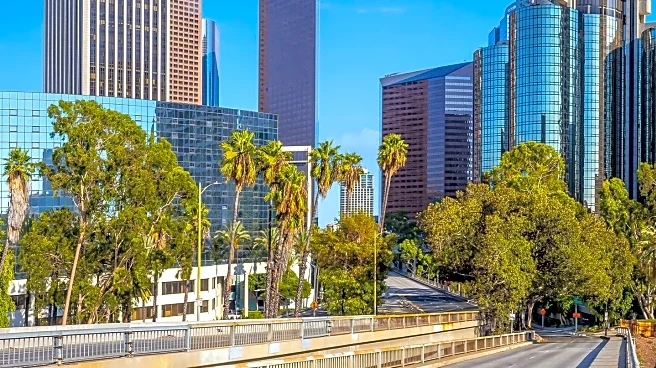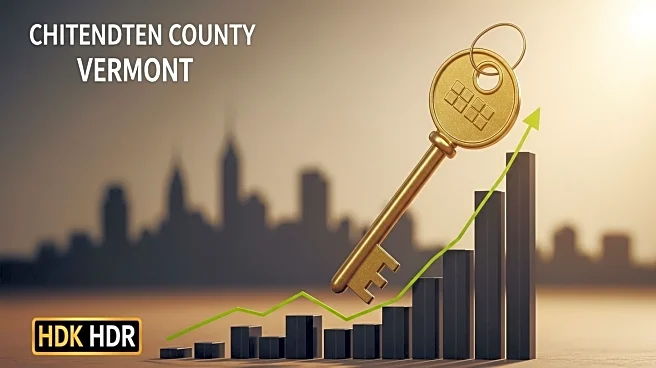What's Happening?
Christian Ulbrich, CEO of JLL, a commercial real estate and investment management company, shared insights on the evolving landscape of office spaces and city centers post-pandemic. Ulbrich highlighted the challenges faced during the pandemic, including the abrupt shift to remote work and the subsequent impact on the real estate industry. He noted that while leasing volumes have recovered to near pre-pandemic levels, there is a significant shift in client demands towards high-quality office spaces. Ulbrich emphasized the importance of adapting to hybrid work models and the need for city centers to evolve by integrating residential spaces and amenities to attract people beyond work hours.
Why It's Important?
The insights from JLL's CEO are crucial as they reflect broader trends in the real estate sector, which has significant implications for urban planning and economic recovery. The shift towards high-quality office spaces indicates a competitive market where companies strive to attract talent by offering better work environments. This trend could lead to increased investment in premium real estate and a reevaluation of older office buildings. Additionally, the transformation of city centers to include more residential and entertainment options could drive urban revitalization, impacting local economies and potentially influencing real estate values.
What's Next?
As companies continue to navigate hybrid work models, the demand for flexible office spaces is likely to persist. JLL and other real estate firms may focus on advising clients on optimizing their real estate portfolios to balance cost and quality. The evolution of city centers will require collaboration between real estate developers, urban planners, and local governments to create vibrant, mixed-use environments. This could lead to policy changes and new investment opportunities in urban development projects.
Beyond the Headlines
The shift in office space demand and city center evolution raises questions about sustainability and environmental impact. As companies seek high-quality spaces, there may be increased pressure to ensure these buildings meet environmental standards, potentially driving innovation in green building technologies. The transformation of city centers could also influence cultural dynamics, as more people live and socialize in urban areas, potentially leading to a renaissance in city life.


